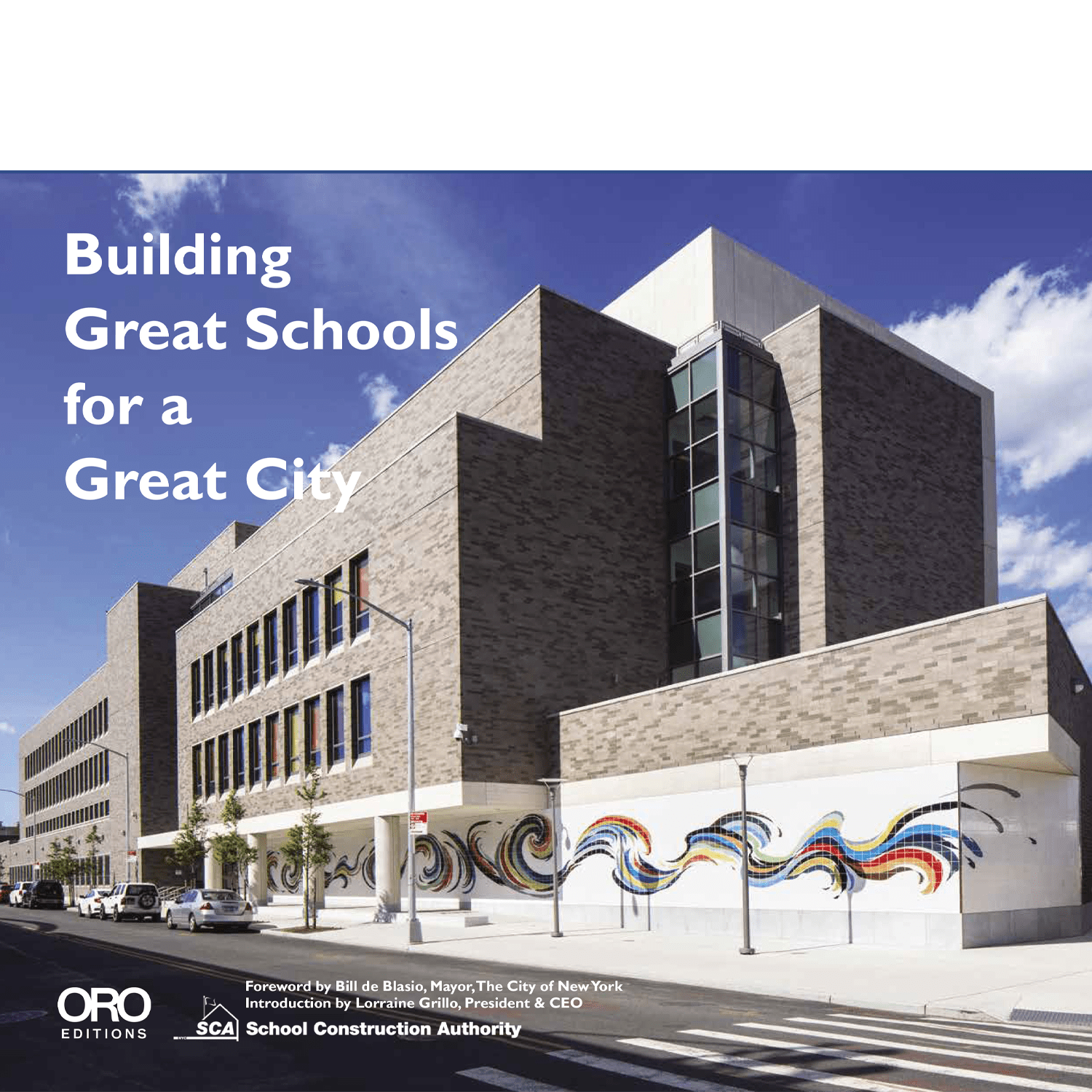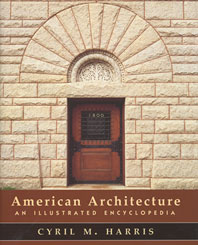Cambridge, Massachusetts
As the oldest campus in the U.S., tradition matters at Harvard University. This applies not only to its academics, but also its buildings. From the freshman dorms around Harvard Yard to the River Houses that line the Charles River, the textured brick and Neoclassical details of these buildings root the campus to its early history.
But as times have changed, so has the campus. Growing from a school of nine students in the 1630s to one of more than 20,000 graduate and undergraduate students today, the university encompasses 210 acres on both sides of the Charles River, providing housing to many of its students. Joining the original Collegiate Gothic residence halls are a plethora of Modern ones, including three 22-story residential towers called Peabody Terrace. These were designed in 1962 by Josep Lluís Sert who, while running his firm, Sert, Jackson and Associates, also served as chair of Harvard’s Graduate School of Design in the 1950s and ’60s. The 10 Akron Street residence hall, designed by Kyu Sung Woo Architects and completed in 2008, sits at the foot of these towers.
Program
Woo, FAIA, the firm’s Soeul-born, Cambridge, Massachusetts—based principal, fulfilled a program that offered 215 beds in different suite types for graduate students. The facility includes a faculty director’s suite, a fitness room, multipurpose rooms, study lounges, and an underground parking garage. Situated at a crossroads, the land at 10 Akron Street abuts the Charles River, forming a gateway that joins the south edge of campus to the Allston academic buildings across the river, as well as Peabody Terrace to the north and a development called Riverside to the east. “The site is a very special one. It is the beginning of the Harvard campus and the only access to the Charles River for the Riverside community,” explains Woo.
The architect, who had studied under Sert at Harvard in the 1960s and then worked for him in the ’70s — founding his own firm in 1979 — set out to design a building to reference Sert’s domineering towers. “I wanted this building to relate to and complement Peabody Terrace both in massing and scale. These two projects, however, are designed 50 years apart and are reflections of their own time. Innovation was the essence of Peabody Terrace for housing typology, construction, technology, and aesthetics; while Akron housing was an attempt to retain tradition and innovation within the given changing conditions of the city and campus,” says Woo.
Solution
Woo’s 115,000-square-foot, U-shaped building surrounds a Michael Van Valkenburgh—designed courtyard garden. The north elevation and the west arm of the U (which runs along the river) are both seven stories tall, while the east side is three. An entry portal at the U frames an axial view of Peabody, while the courtyard opens to a park on the south. The project recalls Harvard’s River Houses through its brick, and responds to their scale and massing with its mid-rise elevation. It references the backdrop of Peabody Terrace with portions of concrete-colored siding. The low-rise block of the building steps down to the Riverside neighborhood, complementing its modest scale. “The building responds to its context with a two-story porch creating a gateway for Harvard as well as providing a view corridor for the community,” says Woo.
One of a series of residence halls being built with a strong sustainability component, the project reflects Harvard’s “Green Campus Initiative” with numerous strategies, including brownfield redevelopment, recycled materials, efficient fixtures, high-insulation roofing, high-efficiency mechanical systems, and natural ventilation and lighting. Together, these resulted in the building receiving LEED Gold certification.
Floor-to-ceiling glass allows dramatic views from the modest-size rooms. Windows at the terminus of double-loaded corridors bring in light, while, as Woo notes, other interventions, such as top-floor skylights and different color accents, animate the halls. In the lobby, an LCD monitor provides a dashboard for tracking energy use and other conditions, and also encourages resident students and building staff to observe green strategies within the building. “Residents of 10 Akron and 5 Cowperthwaite Street [another dorm built the same year] are pitted against one another each year in a friendly competition during Earth Week to see who can use less heat, electricity, and water,” commented Lisa Valela, a program coordinator at Harvard.
Commentary
From issues related to zoning, easements, neighborhood objections, and its enviable and highly visible location on the Charles, the building required years of navigating through a maze of site challenges in order to get built. In the end, what the design team may have gone through to bring the building to completion is quite invisible — the final experience feels appropriate to its location. It’s not just the inviting views — scullers gracefully whisking down the Charles with Allston visible across the river — but also the establishment of a new entry sequence. Van Valkenburgh’s courtyard opens to a park to the south, knitting the campus to the city. Perhaps that’s why Woo calls the building one that heals: While it responds to conflicting interests, it negotiates a solution that resolves them.
Owner:
Harvard Real Estate Services
1350 Massachusetts Avenue
Cambridge, MA 02138
Steve C. Nason, Client Executive
Total construction cost: $56 million
Gross square footage: 115,000 sq.ft.
Completion date: July 2008
Architect:
Kyu Sung Woo Architects Inc.
488 Green Street
Cambridge, MA 02139
Phone: 617.547.0128
Fax: 617.547.9675
People
Owner
Architect
Personnel in architect's firm who should receive special credit:
Engineer(s) Structural Engineer: Lim Consultants Geotechnical Engineer: Haley & Aldrich, Inc. Civil Engineer: Green International Affiliates, Inc.
Consultant(s) Lighting: LAM Partners Acoustical: Acentech Inc. Other: Parking Consultant: Walker Parking Transportation: Vanasse Hangen Brustlin Code Consultant: Schirmer Engineering Corporation Specifications: Kalin Associates LEED Consultant: Viridian Energy +Environmental,LLC Signage Consultant: Roll Barresi & Associates Development Consultant: Jones Lang LaSalle
Construction Administration Consultant: Security Consultant: Mac Systems, Inc.
General contractor
Photographer(s): |
Products
Structural system
Exterior cladding
Metal/glass curtainwall:
Concrete:
Wood (Decking and Siding):
EIFS, ACM, or other: Aluminum Panels: Reynobond Aluminum Composite Panels (25% post consumer recycled content)
Roofing
Windows
Glazing Skylights: Translucent Skylight System, Pentaglas by CPI International
Doors Wood doors: VT Industries (Wood Veneer, Agrifiber Core)
Hardware Hinges: Stanley Closers: LCN Exit devices: Von Duprin Pulls: Burns
Interior finishes Cabinetwork and custom woodwork: Sitraco Thermofoil Cabinets Paints and stains: Benjamin Moore Paneling: Bamboo Panel – Teragren vertical grain with Natural finish Special surfacing: Decoustics Solo Wall and Ceiling Panels Floor and wall tile: Ceramic Tile by American Olean (unit bathrooms)
Resilient flooring: Carpet: Karakul by J+J / Invision
Plumbing Showerheads: Delta Commercial 1.6 GPM Flow
Add any additional building components or special equipment that made a significant contribution to this project: High R Value Roof: 10 Akron Street has a roof with an insulating R value of R-26, almost double the amount required by building codes (R-15). During winter months, this will prevent twice the amount of heat from escaping through the roof. |









